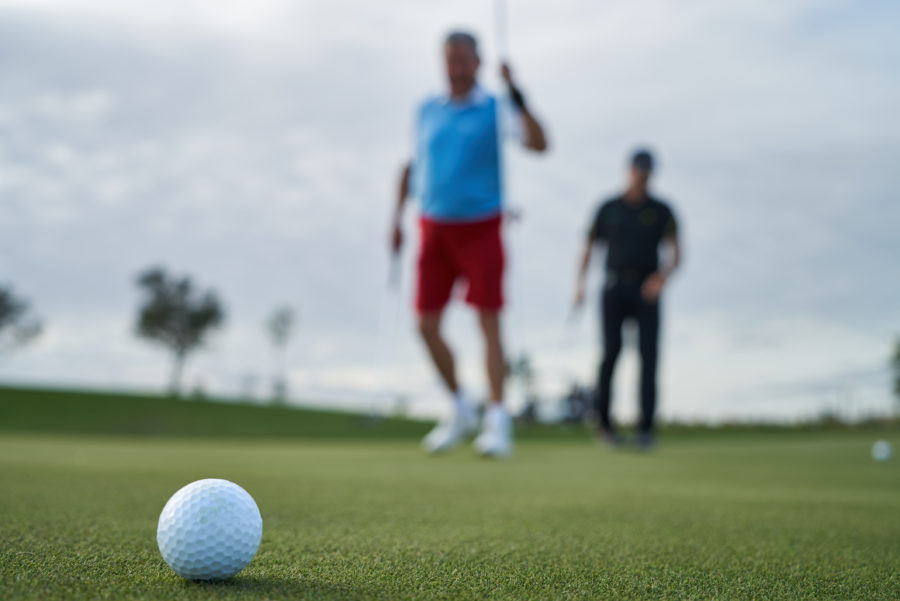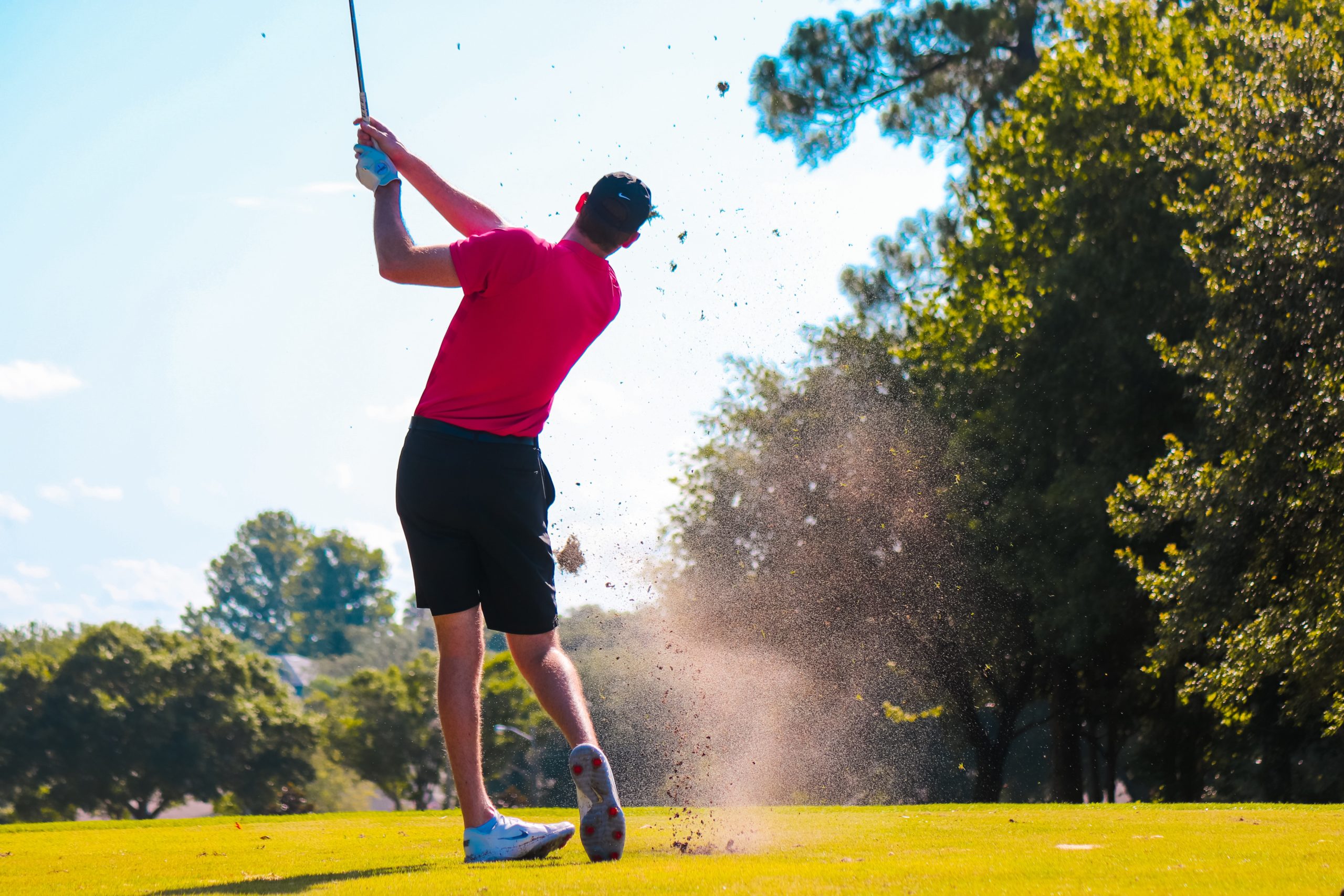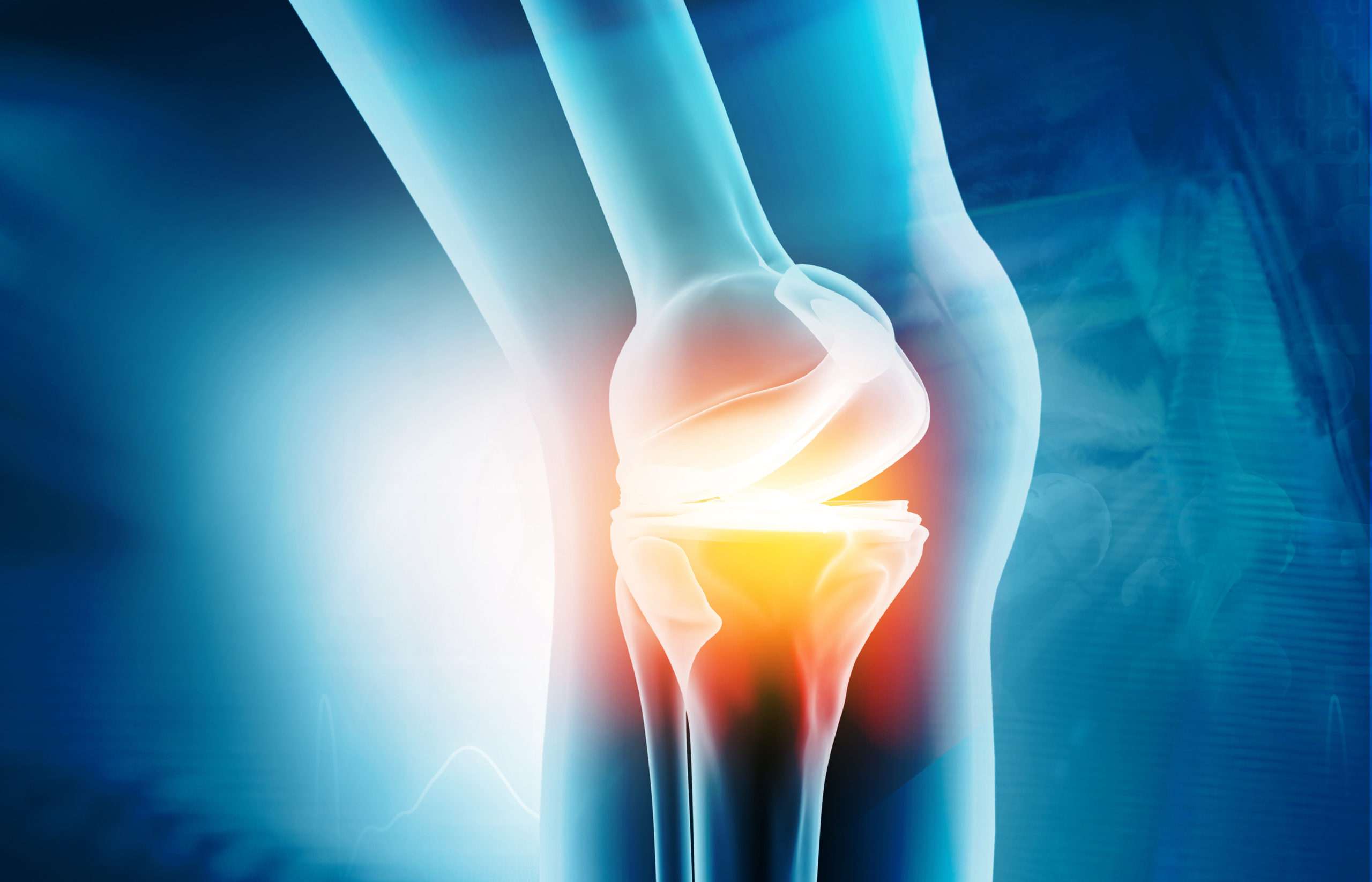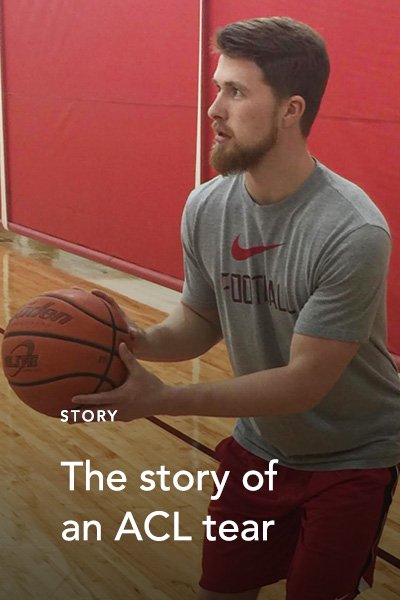 When you think about all you put your knees through in a day of regular activity, it’s no surprise that knee pain and stiffness are among the most common medical complaints for both women and men. Lots of problems can cause knee pain, and if you’re an athlete, your risk of pain is even greater. For athletes in high-impact sports like basketball or volleyball, jumper’s knee is one of the most common types of knee pain. The good news is, most people respond well to nonsurgical, conservative treatment options. Here’s how to tell if you have jumper’s knee.
When you think about all you put your knees through in a day of regular activity, it’s no surprise that knee pain and stiffness are among the most common medical complaints for both women and men. Lots of problems can cause knee pain, and if you’re an athlete, your risk of pain is even greater. For athletes in high-impact sports like basketball or volleyball, jumper’s knee is one of the most common types of knee pain. The good news is, most people respond well to nonsurgical, conservative treatment options. Here’s how to tell if you have jumper’s knee.
First, a little anatomy
The medical name for jumper’s knee is patellar tendonitis, and it occurs when the tendon connecting your shin bone to your kneecap (or patella) becomes inflamed. What causes the inflammation? It’s almost always due to repetitive impact — specifically, jumping or repeatedly making contact with the ground. That’s why athletes who participate in sports with lots of jumping are more prone to jumper’s knee. But patellar tendonitis also occurs in cyclists, runners, and even soccer players. You’re more likely to get jumper’s knee if you’re older, you’re overweight or have a heavier body weight overall, or you have weak leg muscles. Poor training and athletic technique (like not landing properly) can also play a role. If you overtrain, fail to warm up, or play a lot on a hard surface, you’re more likely to injure your tendons, too.
So how can you tell if your pain is patellar tendonitis? First, by looking at your symptoms. Because jumper’s knee involves your patellar tendon, pain and tenderness tend to occur in the kneecap area — or more specifically, just below your kneecap. You may also have:
- A swollen knee
- Worsening knee tenderness and pain when bending or straightening your knee
- Knee pain when putting weight on your leg
Of course, the only way to know for sure if you have patellar tendonitis or another knee problem is to schedule an exam with Dr. Van Thiel. In addition to a physical exam of your knee, you may need an X-ray to rule out other problems, or an MRI or ultrasound to examine the tendon.
How do you treat jumper’s knee?
Like other types of tendonitis, jumper’s knee tends to respond well to conservative treatment options. Your treatment might include options like:
- Elevating your knee
- Applying ice
- Resting your knee
- Taking medicine to reduce swelling and pain
- Using stretching and strengthening exercises
- Injections to relieve inflammation
To some degree, your treatment may vary depending on how badly your tendon is damaged. If your tendon is torn or ruptured, you may need surgery to repair it. In most cases, tendon repair can be performed with a minimally-invasive approach. That means using a special instrument called an arthroscopy that’s equipped with a tiny camera. The camera “sees” inside your knee, so Dr. Van Thiel can avoid making large incisions. Minimally-invasive surgery means less bleeding and swelling, along with a faster and more comfortable recovery.
Surgery is typically only required in more serious injuries. Of course, even if you have a mild injury to begin with, it can still become worse if you delay treatment. One of the best ways to minimize the need for surgery is to have your knee pain evaluated right away, before the problem has a chance to develop into something more serious.
How long does it take for jumper’s knee to heal?
Again, that depends on the severity of your injury. Most people with mild to moderate tendonitis will see considerable improvement within about six to eight weeks. If you’ve tried conservative treatment for three months without much (or any) improvement, then it may be time to consider surgery. Even after you recover from your initial injury, you might need physical therapy to strengthen your knee so you can reduce your chances of recurrent injury, or chronic jumper’s knee. Dr. Van Thiel will work with you to determine when you can get back to sports and other activities that put a lot of strain on your knees.
You depend on your knees a lot — probably even more than you realize. When you have pain, stiffness, or other knee symptoms — even mild ones — getting prompt medical attention is one of the best ways to keep your knees in good shape. At OrthoIllinois, Dr. Van Thiel uses the most advanced techniques to diagnose and treat knee problems. To schedule your visit at our Rockford office, use our online form or give us a call at (779) 774-1110.
Remember: The sooner you schedule an exam, the sooner you can get back to the activities you love.










